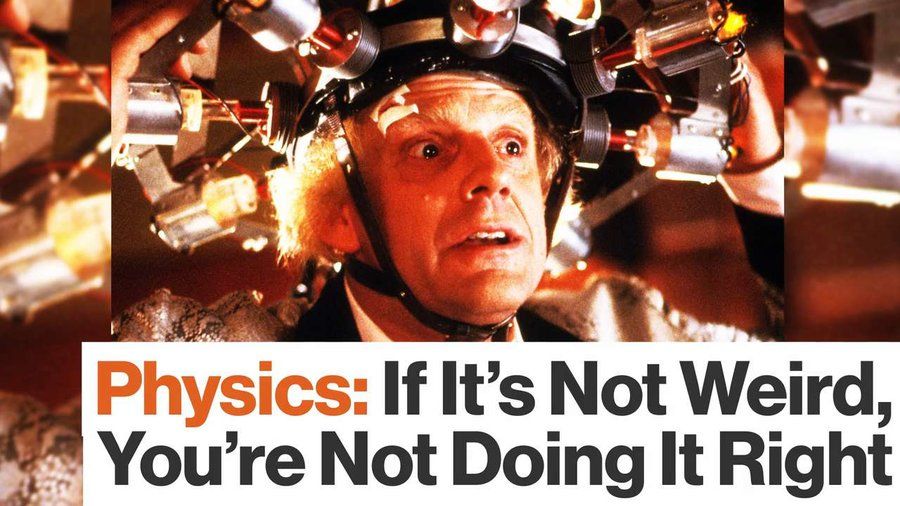Lockheed Martin has been experimenting with quantum systems to speed verification and validation of mission-critical software.
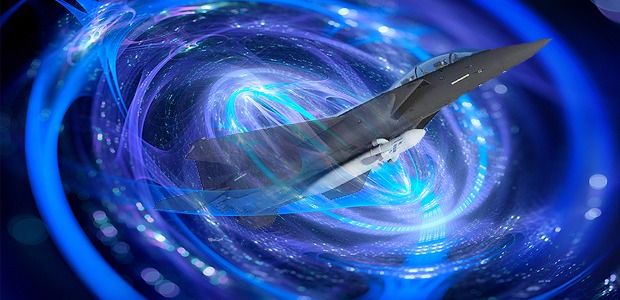


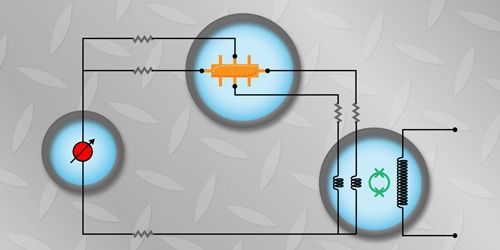
Improving Precision with Quantum — A new Precise Quantum Current Source developed to ensure calibrated currents meet the new redefined International System of Units.
A precision quantum current source has been designed to calibrate currents in terms of the soon-to-be-redefined International System of Units.
Metrologists are conservative by nature, knowing that the premature adoption of a new measurement standard could lead to confusion in both science and commerce. So it is a big deal that the International System of Units (SI) is poised to undergo its first major overhaul since its birth in 1960. Two years from now at the General Conference on Weights and Measures in Paris, officials will adopt a new SI in which every unit can be obtained from fixed values of several fundamental constants [1]. All eyes are on the kilogram, which will no longer be defined by the mass of a cylinder of platinum-iridium alloy that has been kept in a Parisian vault since it was fabricated in 1889. Somewhat overlooked, however, are advances in standards for electrical resistance and voltage, without which the new SI would not be possible.

This is a BIG DEAL in QC, and Russian Scientists solved it.
Abstract: Scientists from the Institute of Physics and Technology of the Russian Academy of Sciences and MIPT have let two electrons loose in a system of quantum dots to create a quantum computer memory cell of a higher dimension than a qubit (a quantum bit). In their study published in Scientific Reports, the researchers demonstrate for the first time how quantum walks of several electrons can help to implement quantum computation.
“By studying the system with two electrons, we solved the problems faced in the general case of two identical interacting particles. This paves the way toward compact high-level quantum structures,” comments Leonid Fedichkin, Expert at the Russian Academy of Sciences, Vice-Director for Science at NIX (a Russian computer company), and Associate Professor at MIPT’s Department of Theoretical Physics.
In a matter of hours, a quantum computer would be able to hack through the most popular cryptosystem used even in your web browser. As far as more benevolent applications are concerned, a quantum computer would be capable of molecular modeling that takes into account all interactions between the particles involved. This in turn would enable the development of highly efficient solar cells and new drugs. To have practical applications, a quantum computer needs to incorporate hundreds or even thousands of qubits. And that is where it gets tricky.
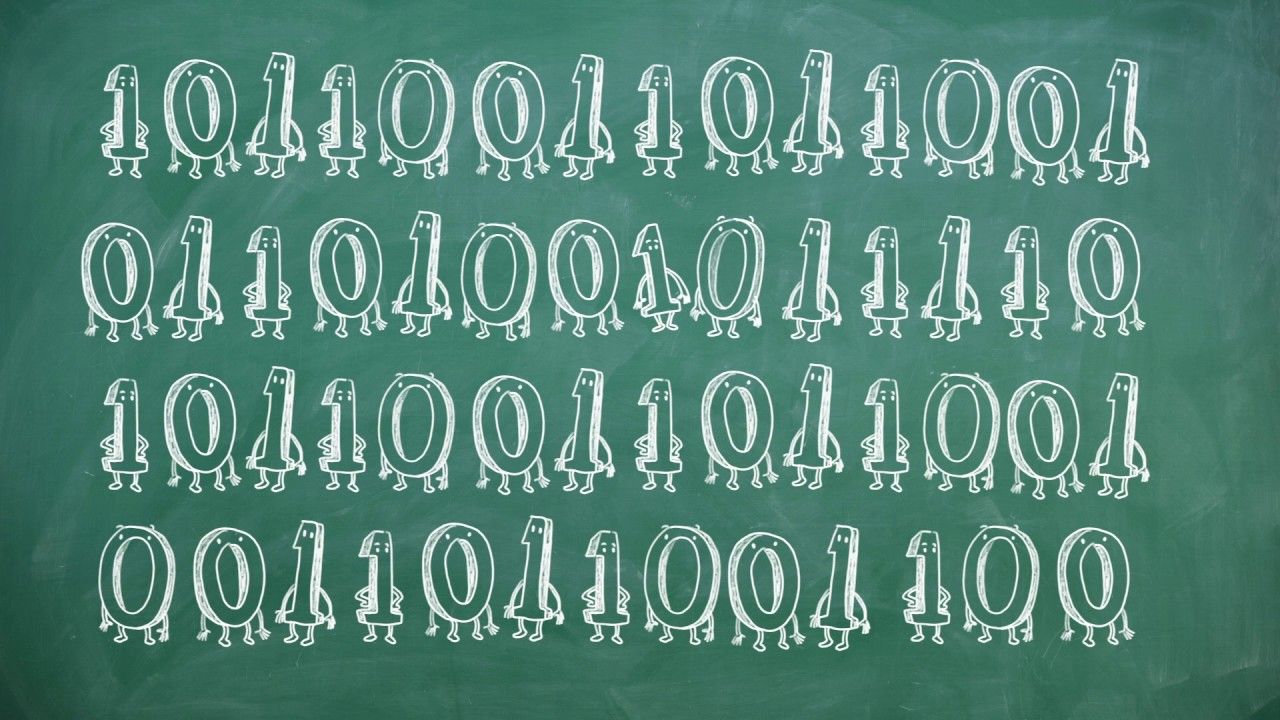
Microsoft has been working on quantum computing for years, but the company is coming out of stealth mode now and taking a more active role in quantum computer development. It wants to build a theoretical type of machine known as a topological quantum computer, despite the difficulty of doing so.


Glad that the author is highlighting the need for investment; however, the US government has had a quantum network since 1991. Wall Street, various overseas banks, ISPs, etc. well over a year to 2 years ago. And, tech has invested in QC for a decade or longer. So, the article raises the need for investing in QC; however, the investing is no longer experimental as it is now about the daily usage of this technology as well as planning for technical transformation that is coming in the next 5 to 7 years.
Researchers led by Lockheed Martin and IBM are pushing quantum computing prototypes and military applications.

An international team of scientists has succeeded in making further improvements to the lifetime of superconducting quantum circuits. An important prerequisite for the realization of high-performance quantum computers is that the stored data should remain intact for as long as possible. The researchers, including Jülich physicist Dr. Gianluigi Catelani, have developed and tested a technique that removes unpaired electrons from the circuits. These are known to shorten the qubit lifetime (Science, DOI: 10.1126/science.aah5844).
Quantum computers could one day achieve significantly higher computing speeds than conventional digital computers in performing certain types of tasks. Superconducting circuits belong to the most promising candidates for implementing quantum bits, known as qubits, with which quantum computers can store and process information. The high error rates associated with previously available qubits have up to now limited the size and efficiency of quantum computers. Dr. Gianluigi Catelani of the Peter Grünberg Institute (PGI-2) in Jülich, together with his colleagues has now found a way to prolong the time in which the superconducting circuits are able to store a “0” or a “1” without errors. Beside Catelani, the team comprises researchers working in the USA (Massachusetts Institute of Technology, Lincoln Laboratory, and the University of California, Berkeley), Japan (RIKEN), and Sweden (Chalmers University of Technology).
When superconducting materials are cooled below a material-specific critical temperature, electrons come together to form pairs; then current can flow without resistance. However, so far it has not been possible to build superconducting circuits in which all electrons bundle together. Single electrons remain unpaired and are unable to flow without resistance. Due to these so-called quasiparticles, energy is lost and this limits the length of time that the circuits can store data.
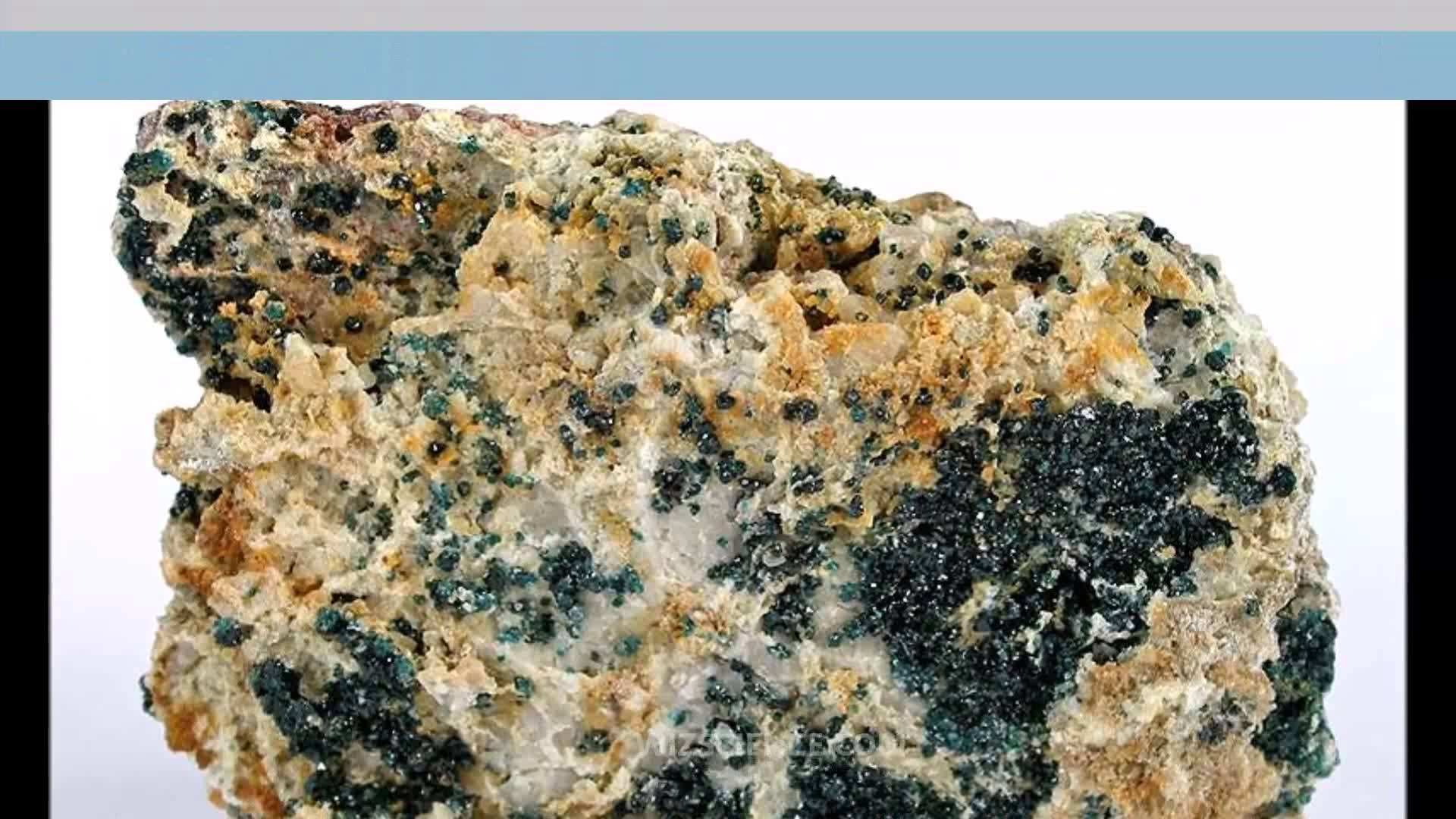
https://youtube.com/watch?v=sG8oUPMWxkg
Quantum spin liquid, a very rare state of matter, has been observed in a new crystal especially designed with the hopes of using its unique quantum properties.
The crystal, an ytterbium compound with the formula YbMgGaO4, was first synthesized by Chinese scientists for the first time in 2015. Now, in a new study published in the journal Nature, researchers from the United States suggest that the new material can produce a quantum spin liquid when frozen to temperatures near absolute zero. At present, only a few materials are believed to possess these properties.
“Imagine a state of matter where this entanglement doesn’t involve two electrons but involves, three, five, 10 or 10 billion particles all in the same system,” Martin Mourigal, lead physicist of the study, said in a press release by Georgia Tech. “You can create a very, very exotic state of matter based on the fact that all these particles are entangled with each other. There are no individual particles anymore, but one huge electron ensemble acting collectively,” he added.
